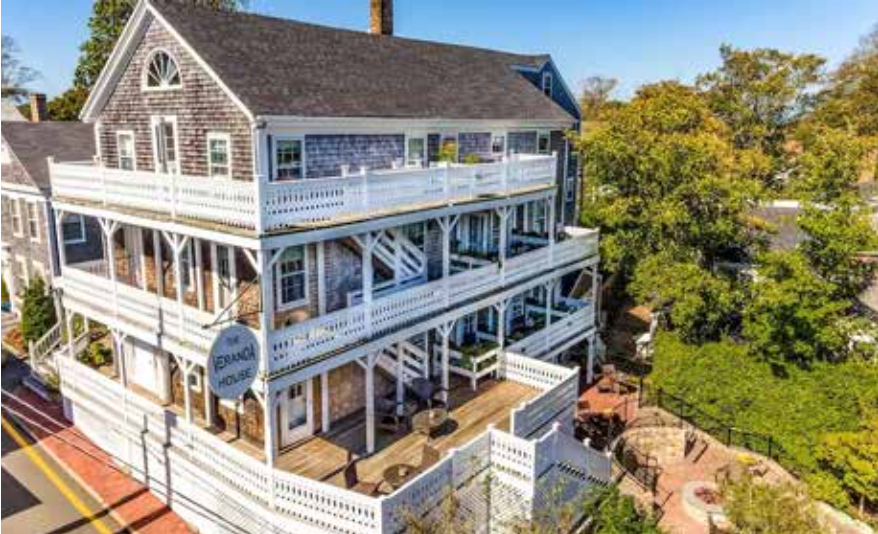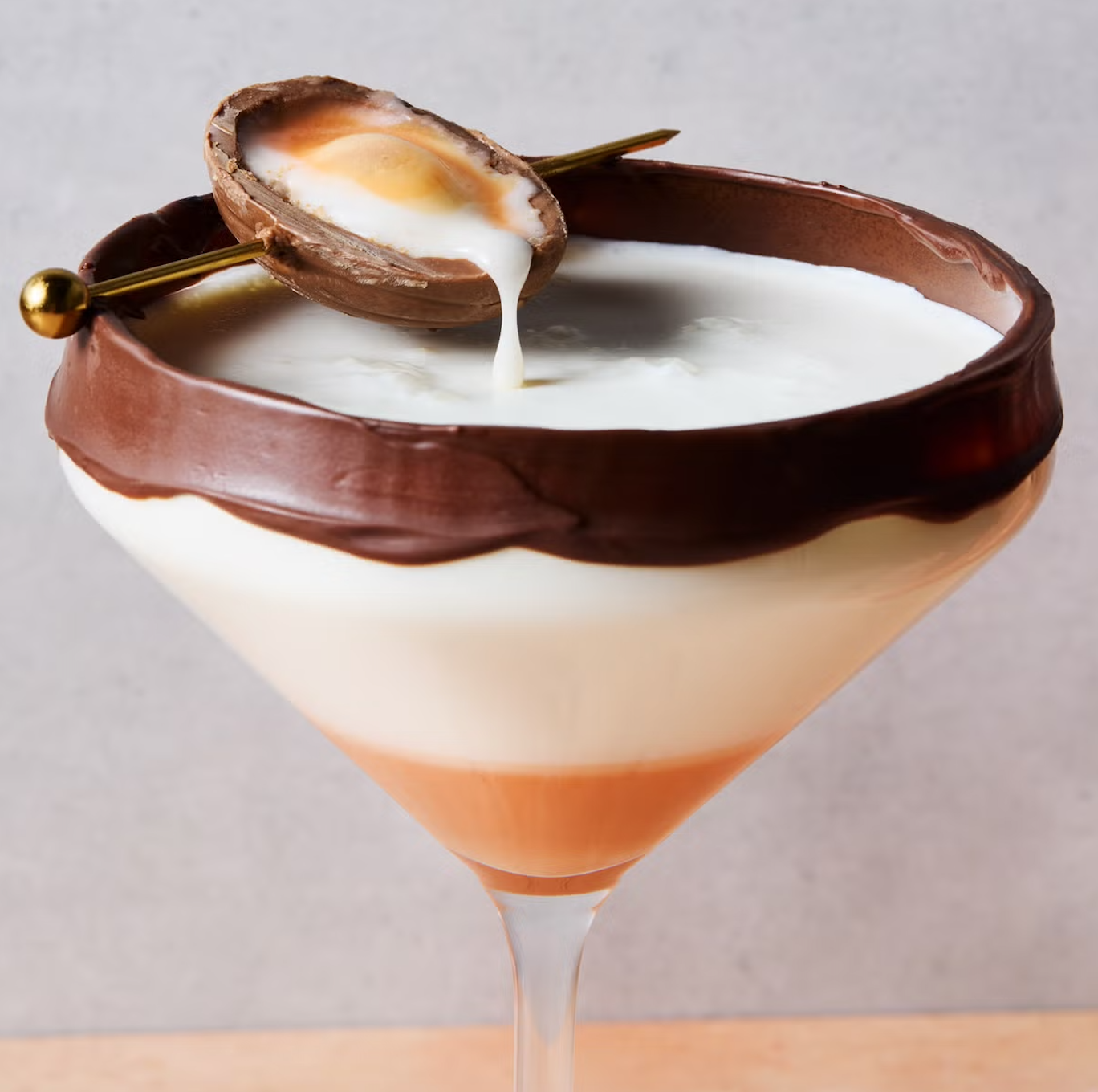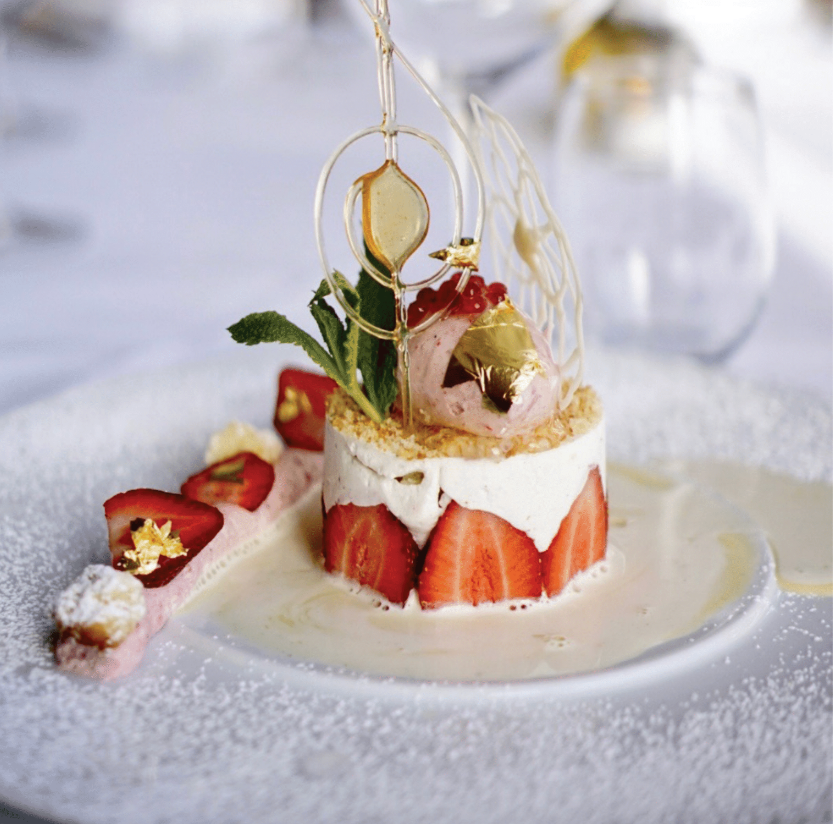Uptown Trunk
VILEBREQUIN IS THE FRENCH WORD FOR ‘CRANKSHAFT.’ IT’S AN OBLIQUE AND RECHERCHÉ NOUN FOR A SWIMWEAR BRAND THAT, HALF A CENTURY ON FROM ITS DEBUT ON THE BEACHES OF ST. TROPEZ, CONTINUES TO FUSE A LOOK THAT’S BOTH TIMELESS AND YET INEFFABLY ROUTED IN A LONG-LOST FRANCE IN THRALL TO FRANCOISE HARDY’S CARAMEL HAIR, SERGE GAINSBOURG’S NICOTINE DEEPENED CARNAL WHISPERS AND RICARD SOAKED AFTERNOONS ON THE COTE D’AZUR.
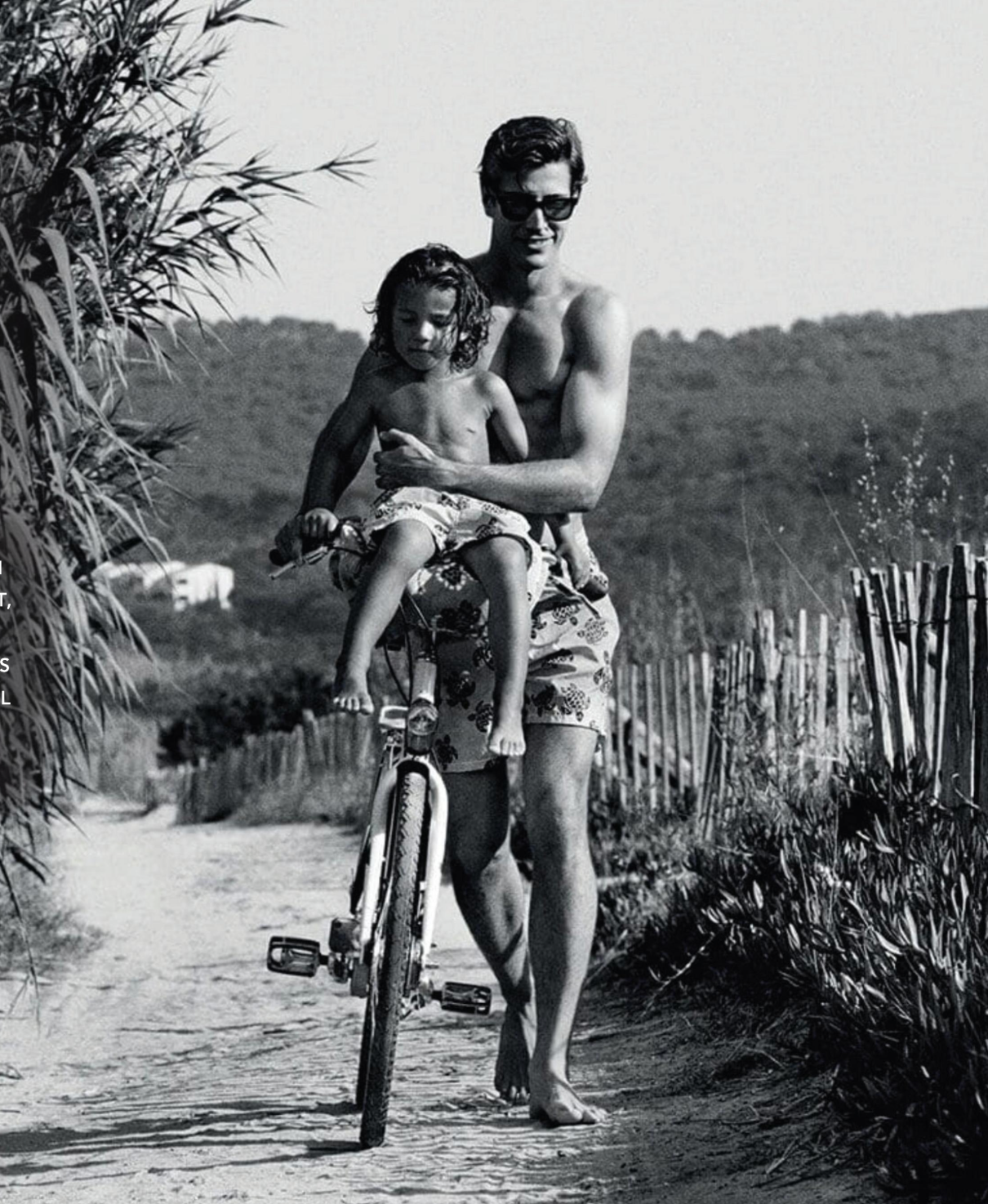
St. Tropez, France, Summer 1971:
The long, off-white tassels that hang from the fringes of the canary yellow sun umbrellas bristle coquettishly in the exhausted, early afternoon breeze. The salmon-and-orange-colored, curved plastic chairs on the café terrace are occupied by diners and drinkers dressed in flowing, printed dresses, bangles, cravats, espadrilles, and shirt lapels that seem to be getting wider by the hour. Amid the tall glasses of pastis and the brimming ashtrays, festooned with butts from the last, languorously smoked Gitanes, the cluster of St. Tropez’s beautiful people stare at the vanilla soft sands of the beach in front of them. The tide, lapping, browsing, probing, and licking the shore, covers the ankles of one man who stands alone, dressed in nothing other than a pair of shorts that reach no further than halfway down his thighs. The pattern of the shorts looks like a flag from one of the newly independent, former French colonies in Africa; a fiesta of thick vertical stripes in confident hues of blue, yellow, green, and purple that seem to shimmer and glow in the insistent sun. Who is this man? Some café dwellers think it could be the actor Alain Delon, fresh from some bruising travails in his latest Parisian heist movie, Le Cercle Rouge. Yet Fred Prysquel, the photographer and automobile journalist who sits at one of the cramped café tables, knows better. This lone swimmer isn’t famous. He simply looks like he could be. This is thanks, Fred thinks, to the swimwear design that he sketched out himself on a paper tablecloth in this same café the previous summer. Colour blind from birth, Fred used fabrics that he brought back from markets he visited during his travels around Africa during that previous decade of oft-bloody independence wars against the pied-noirs of Algeria and beyond; a period he’d witnessed first-hand through his earlier military service on the continent. “In Dakar (the capital of Senegal), swim shorts were made of fabrics called boubou or wax,” recalled Fred. “I loved them. When I left the army, I brought some home with me.” His swimwear, or ‘bathing suits’ as he and the company’s successive owners prefer to call them, are garments that men from Marseille to Malibu should be thankful for in 2024, even if we’ve never owned a pair. The cooler, looser shape of Fred’s tyro designs were a pivotal battleground in his defining achievement: to bring back the male swimming brief from an Antipodean assault upon our eyes, and our crotches. The 1960’s saw the invention of the ‘Speedo’; in Australia, a garment that remains a byword for every compelling argument towards the notion of never visiting a beach. The ‘budgie smugglers’ are the apotheosis of male, al fresco fashion. Uncomfortable, cheap and invariably worn by men whose physiques suggests a lifestyle of Big Macs rather than Olympian breast stroke training, it’s less an assault upon the visual senses than a multiple murder spree in an underground car park. Fred’s napkin doodle was, and continues to be, a valuable weapon in the war against speedos; a Battle Of The Bulge that has nothing to do with Nazi Panzer divisions in the Ardennes.
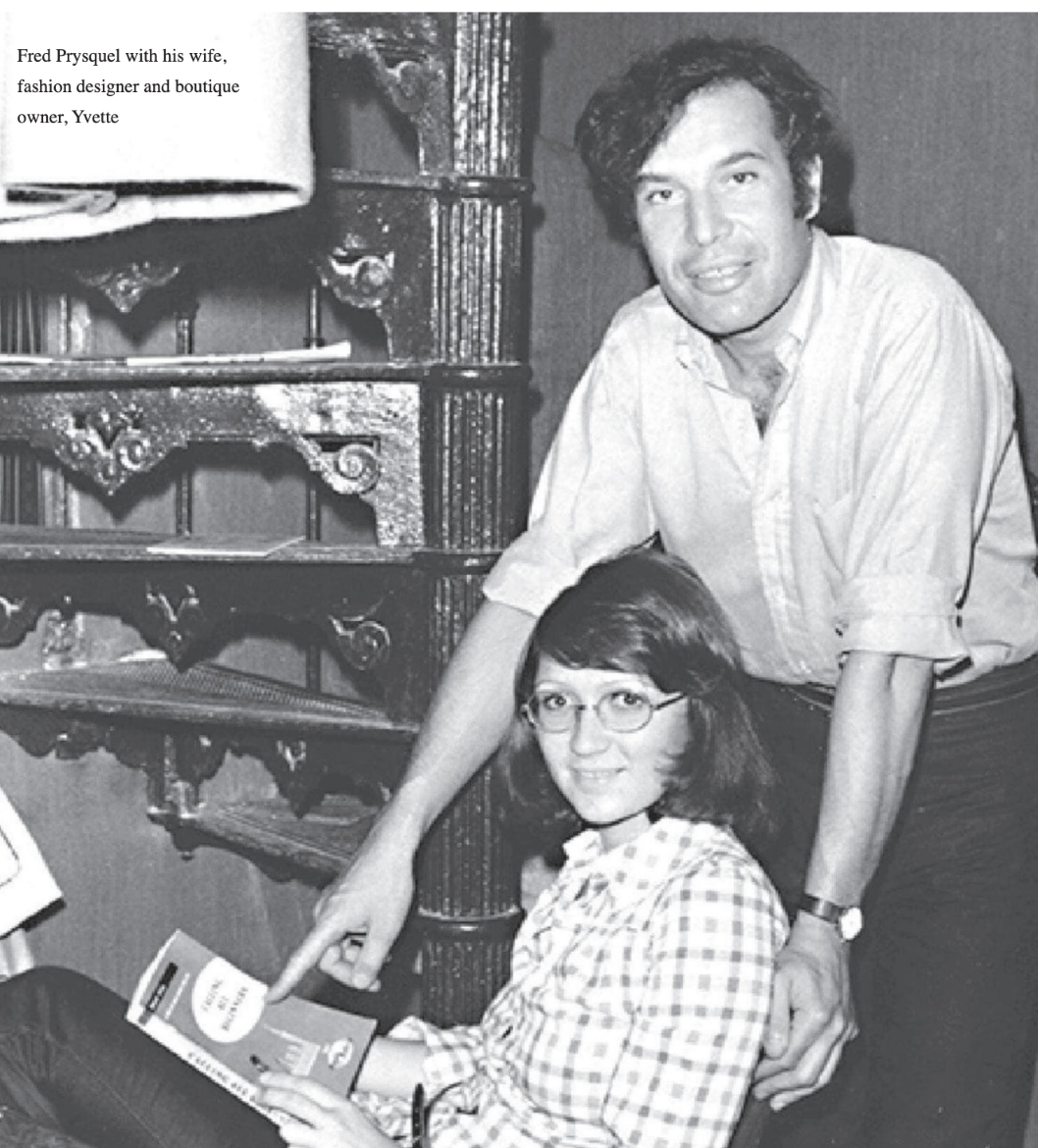
Persuading his wife Yvette to stock his new designs in her St. Tropez boutique, Fred then cajoled every woman he knew who possessed a sewing machine to start making more of his swimming outfits to keep up with the burgeoning demand. Fred’s brazenly colourful designs had a strangely chimeric quality on their wearers during that long, hot summer of 1971. And it’s a question that still has salience today; namely, how could such bold, retina-rattlingly wild designs not make the male beach comber look like a pillock? Perhaps, it’s something to do with the fact that a Vilebrequin wearer instantly feels more confident? To have faith in a designer whose clothes may not always seem like an ostensibly good idea is to submit yourself to a superior talent. That trust compact pays off. Sometimes, in male fashion, doing the right things perfectly isn’t necessary; it’s simply a case of just not doing the really bad things at all; in this case, reducing yourself to being the owner of baggy board shorts or the sartorial nadir of Speedos.
Fred sold the company in 1990 and Vilebrequin is now owned by G-III Apparel Group, the company behind DKNY, Donna Karan, Calvin Klein, Tommy Hilfiger and Karl Lagerfeld. Yet the daring designs have continued: shorts with sea turtle motifs, Portuguese ‘azulejo’ tile mosaics, crocodiles crawling through pink and yellow mangroves; the casual elan of Vilebrequin is attracting new generations of men who have never drunk Ricard of frequented the beaches of Nice. Although the smoke-fugged, sun-broiled days of St. Tropez, 1971, are sepia faded, Vilebrequin still hints at its legacy; most memorably in its Rolling Stones range of shorts which debuted in 2015. The shorts are covered by a collage of some of the group’s most famous album sleeves- though, thankfully, it excludes the infamous ‘toilet bowl’ cover of 1968’s Beggars Banquet LP. It was in the summer of 1971, the same year that Fred’s ‘Moorea’ shorts debuted, that the tax-dodging Stones fled to Villefranche-sur-Mer, a small fishing village a few miles along the Cote d’Azur from St. Tropez. Holed up in a crumbling mansion that was once in the hands of Nazi officers, the band festered in a makeshift studio located in the villa’s sweltering basement, recording some of the tracks that would appear on the following years ‘Exile On Main Street,’ their swampy, bluesy, nefarious masterpiece. There’s no evidence that Mick or Keith ever wore an early pair of Vilebrequin’s. But that’s not to say it wouldn’t suit such men of decadence and style.
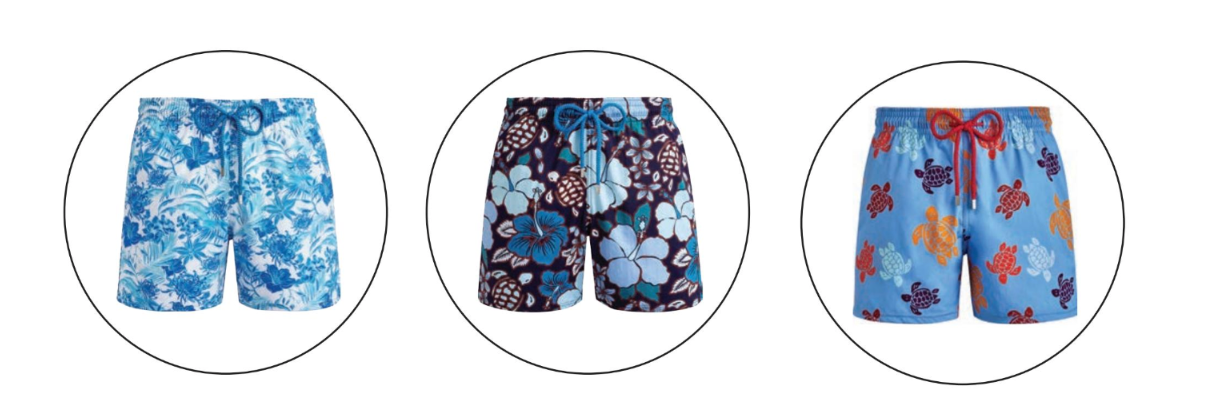
Contemporary as they may look, Vilebrequin still has something of those long-lost 1970’s summers imbued with what Fred Prysquel himself described as, ‘.. a comb, a lighter, and a pack of Gauloises!”
Vilebrequin.com
